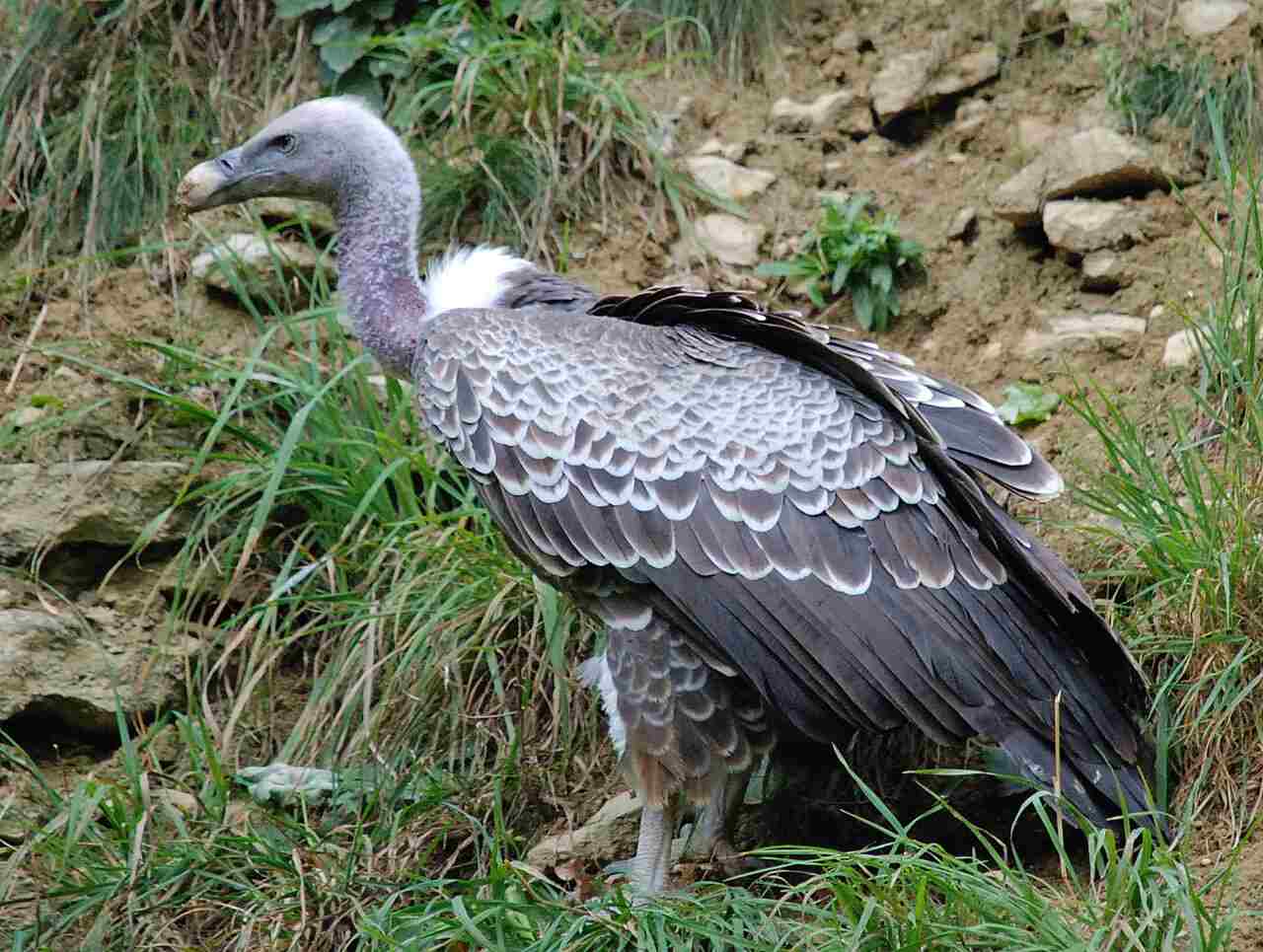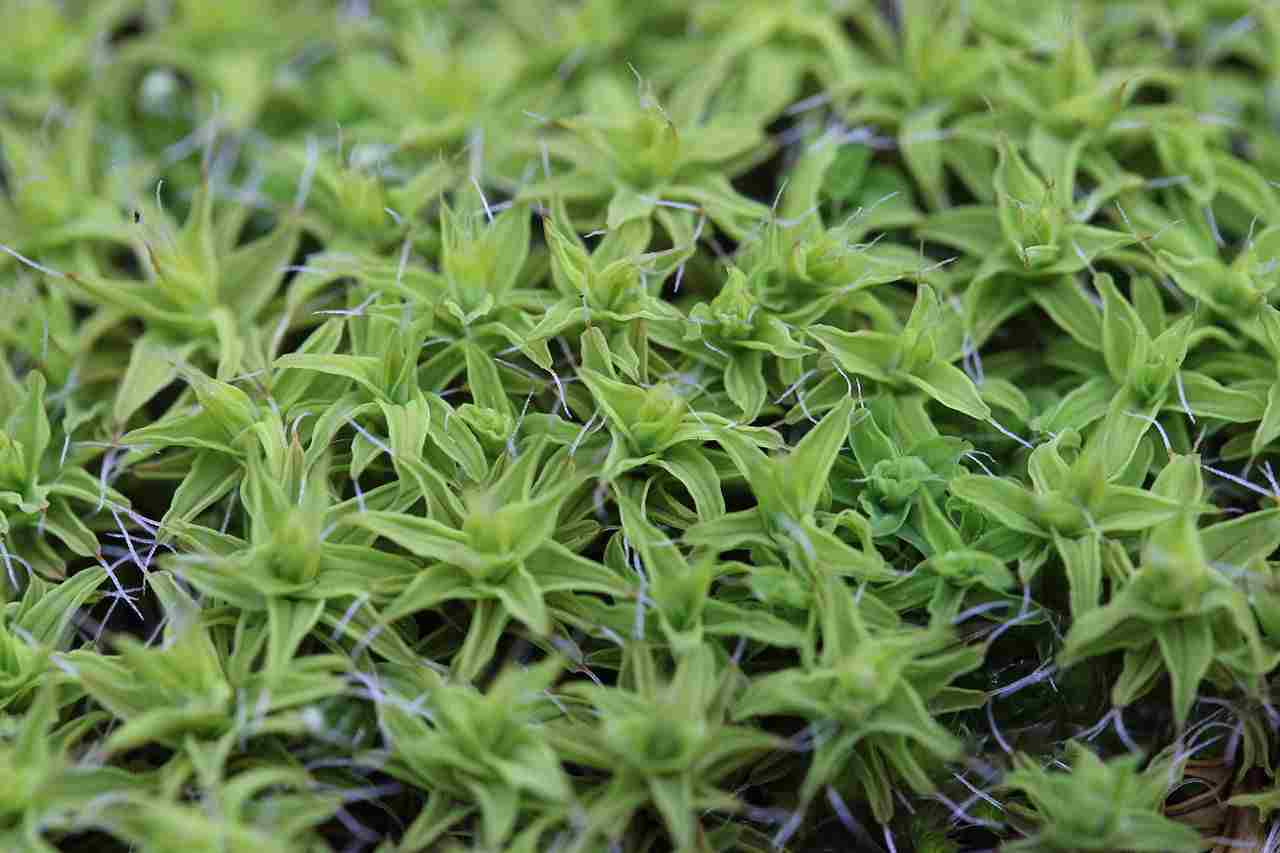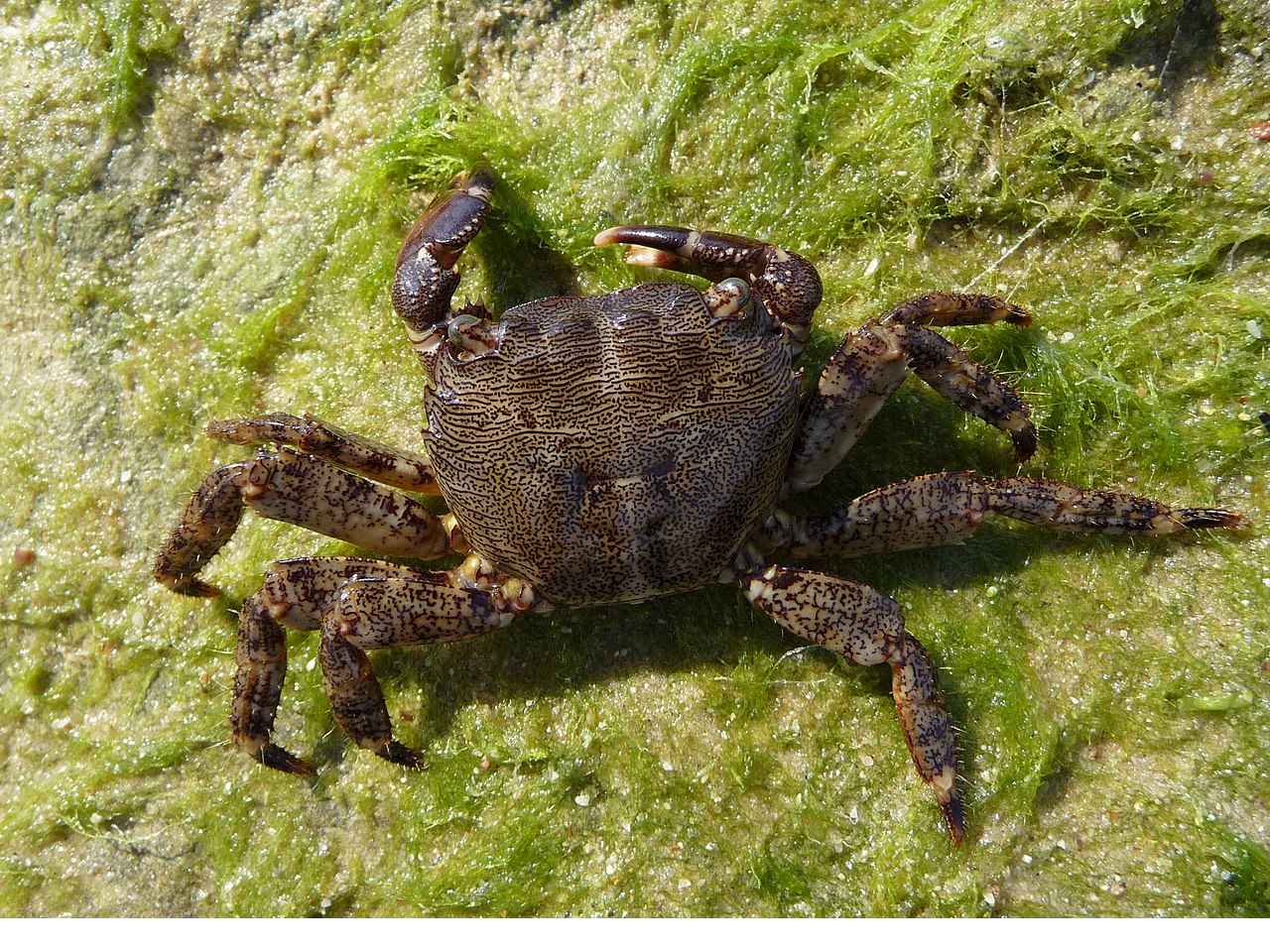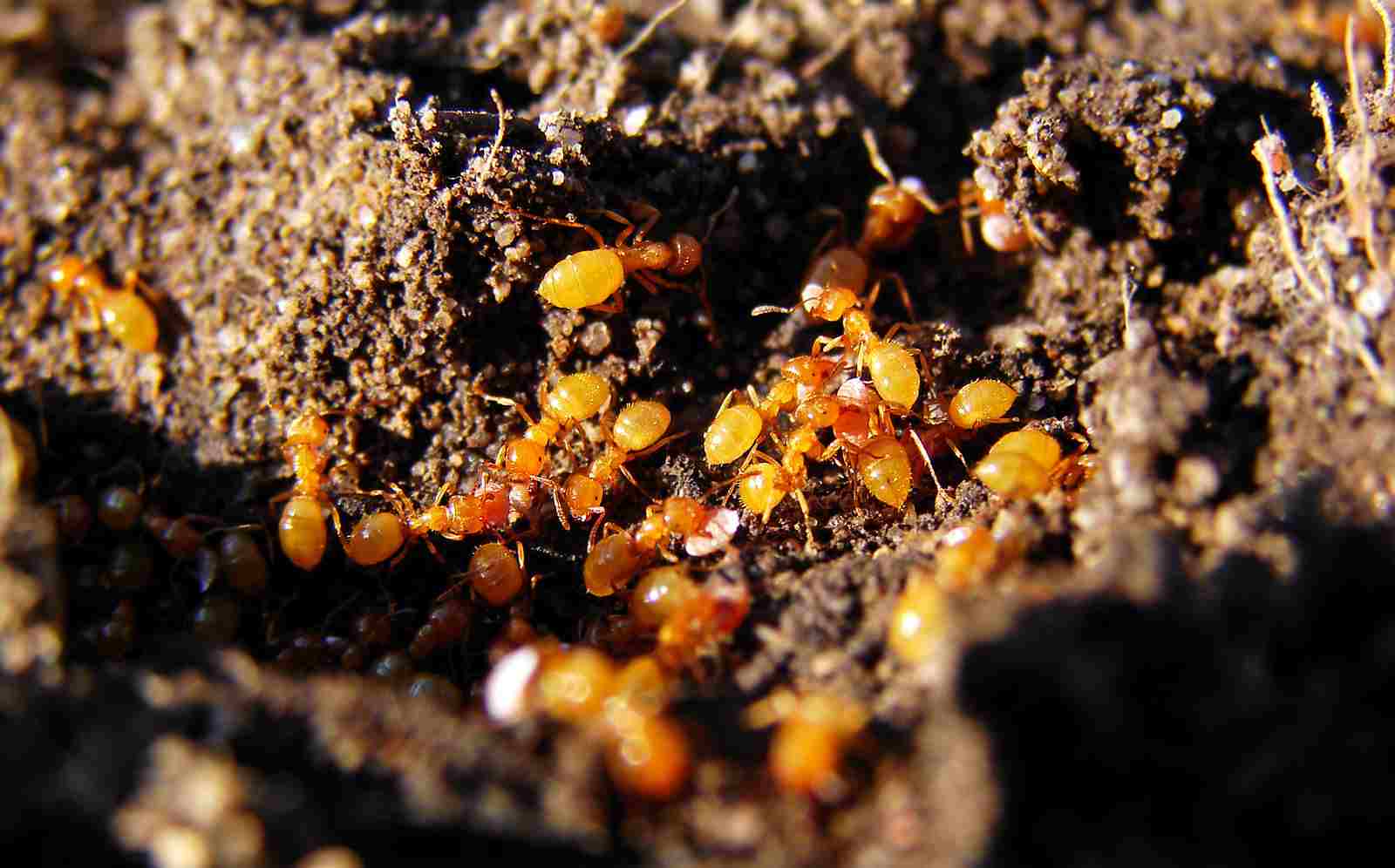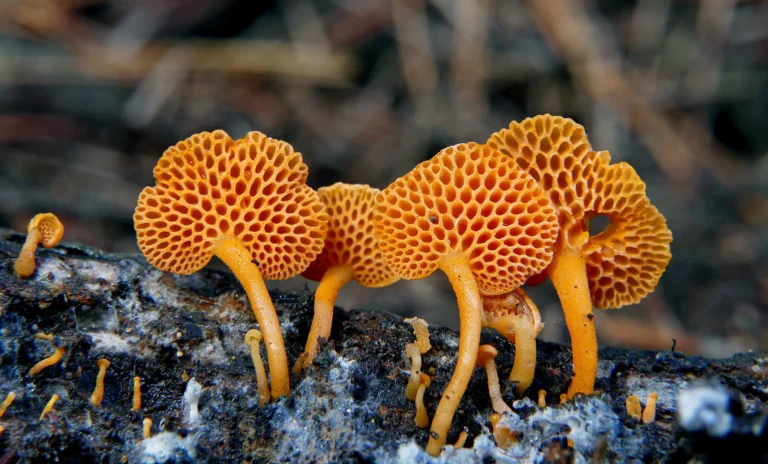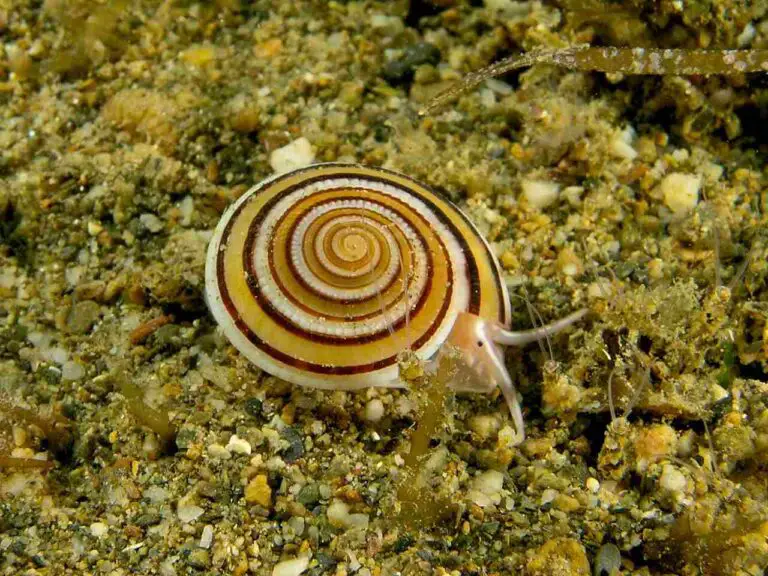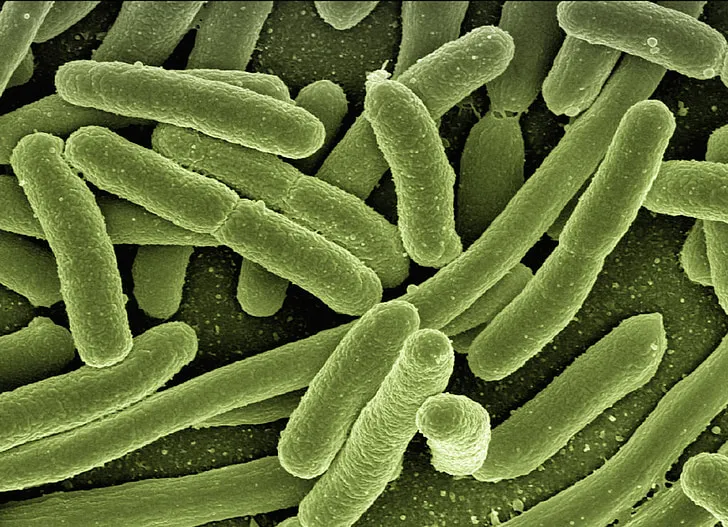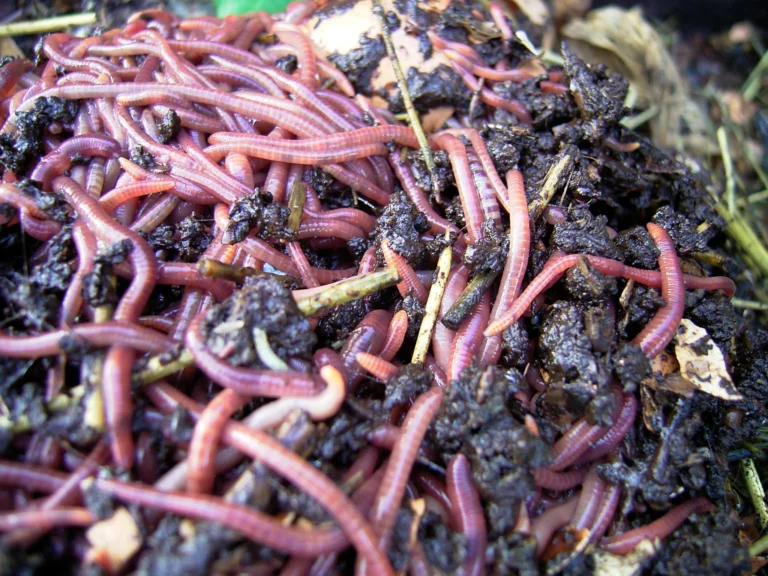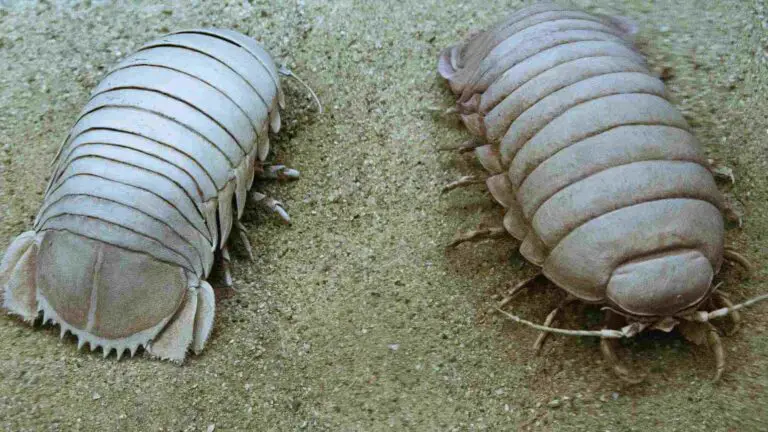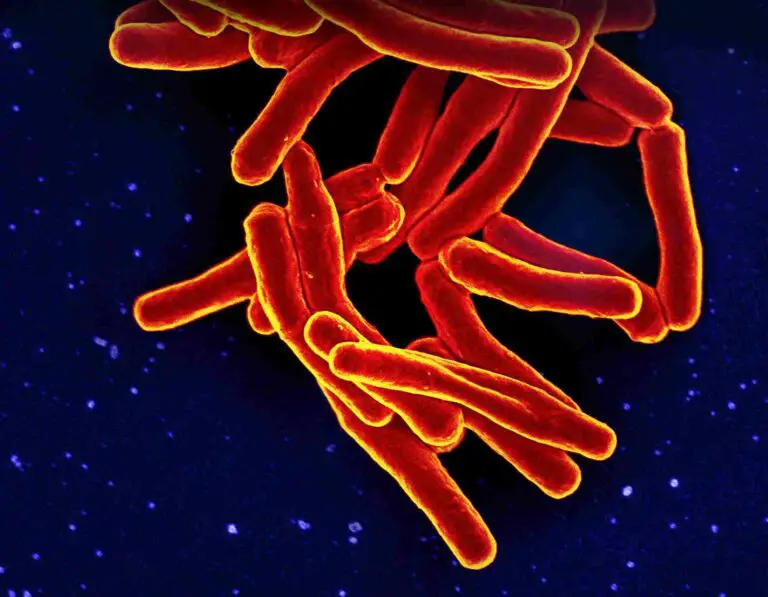Are Crickets Decomposers? Clarifying the Trophic Role of Crickets in Ecosystems
A cricket can be classified as a decomposer due to its detritivorous feeding behavior, which entails extracting nutrients from granular organic waste like animal and plant remains or fecal matter.
Why Crickets May be Classified as Decomposers
1. Detritivorous Feeding
Detritivorous feeding is one of the key reasons why crickets may be classified as decomposers. This feeding behavior involves consuming dead organic matter, such as decaying plant material and animal remains. Crickets have a unique ability to break down and digest these organic materials, playing a crucial role in the decomposition process.
Crickets possess specialized mouthparts that allow them to efficiently consume detritus. They use their mandibles to tear apart plant matter and scavenge on animal carcasses. By consuming dead organic material, crickets help to break it down into smaller particles, facilitating the decomposition process.
In addition to their detritivorous feeding habits, crickets are also prominent scavengers. They actively search for and consume decaying matter, including fallen leaves, rotting fruits, and dead insects. This scavenging behavior further contributes to the decomposition of organic material in the ecosystem.
Crickets indirectly contribute to the decomposition process through their feeding activities. As they consume detritus and scavenge on decaying matter, they break it down into smaller fragments. These fragments are then exposed to the action of decomposer organisms, such as bacteria and fungi, which further break down the organic material into simpler compounds.
While crickets play an important role in the decomposition process, it is essential to note that they are not saprophytes. Saprophytes are organisms that obtain nutrients by directly absorbing dissolved organic matter from dead organisms. Crickets, on the other hand, rely on consuming solid organic material for their nutrition.
Furthermore, crickets are not central to the biodegradation process. They contribute to the breakdown of organic material, but they are not the primary decomposers. Bacteria, fungi, and other microorganisms play a more significant role in breaking down organic matter into its basic components.
Lastly, crickets are not microscopic organisms. They are visible to the naked eye and are part of the macrofauna in ecosystems. While they contribute to the decomposition process, their size and scale of trophic impact are relatively small compared to other decomposer organisms.
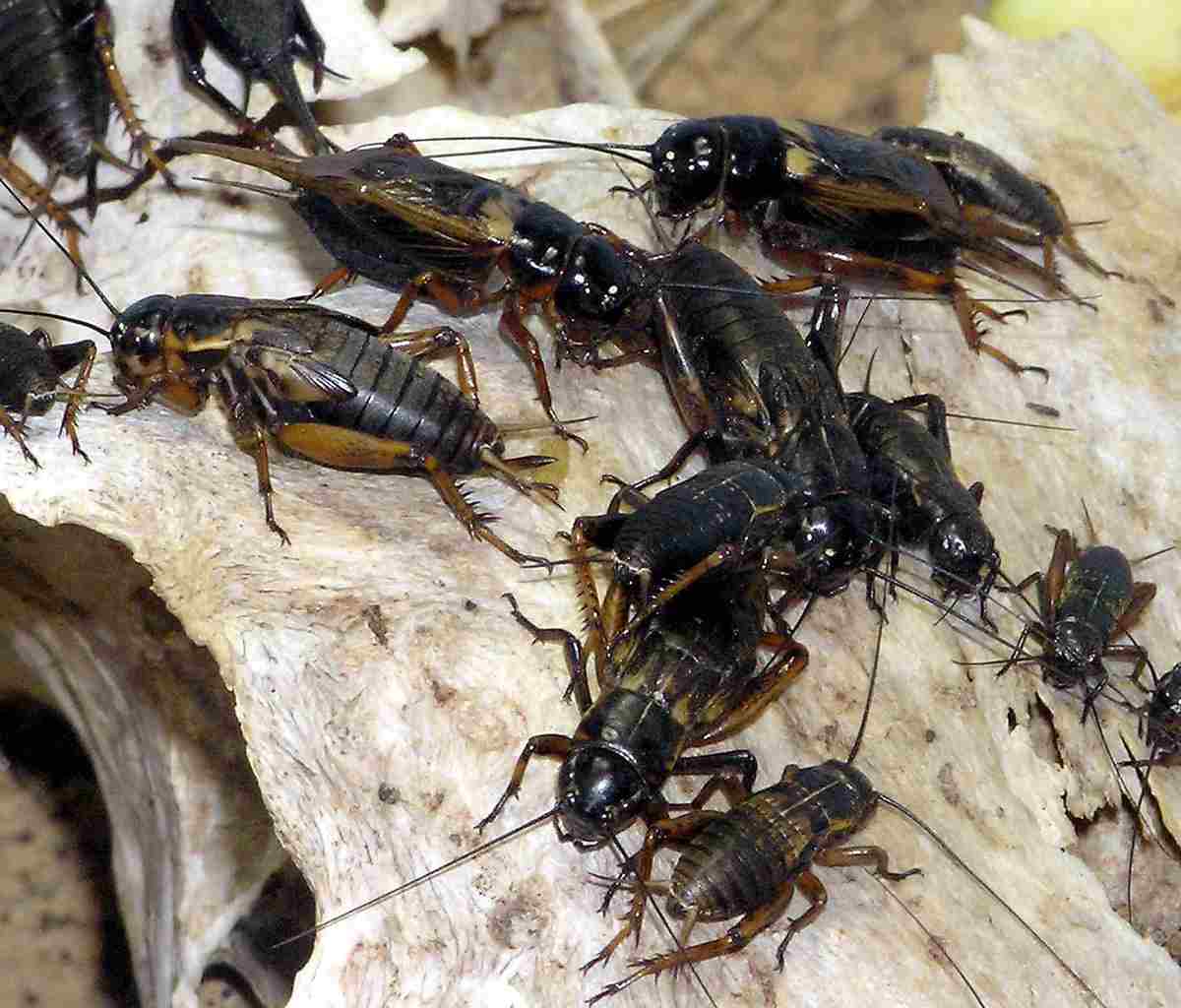
2. Crickets are Prominent Scavengers
Crickets are not only detritivores, but they are also prominent scavengers in ecosystems. They play a crucial role in the decomposition process by feeding on organic remains and waste. This scavenging behavior helps to remove such materials from the environment, contributing to the overall cleanliness and health of the ecosystem.
Crickets have a unique ability to seek out and consume decaying matter. They actively search for fallen leaves, rotting fruits, and dead insects, among other organic materials. By feeding on these remains, crickets help to break them down into smaller fragments, facilitating the decomposition process.
Their scavenging behavior is particularly important in removing dead organic matter from the environment. By consuming and breaking down these materials, crickets prevent them from accumulating and potentially becoming a breeding ground for harmful bacteria or fungi. This helps to maintain the overall balance and cleanliness of the ecosystem.
In addition to their role in decomposition, crickets also contribute to nutrient cycling. As they consume organic remains, they extract valuable nutrients from them. These nutrients are then released back into the ecosystem through the cricket’s waste, which can be further utilized by other organisms.
Crickets’ scavenging behavior is an important reason why they may be considered decomposers. By actively feeding on decaying matter and waste, they contribute to the breakdown of organic material and the overall health of the ecosystem. Their role as prominent scavengers helps to maintain a clean and balanced environment, making them an integral part of the decomposition process.
3. Indirect Contribution to the Decomposition Process
Crickets indirectly contribute to the decomposition process by breaking down substrates into smaller fragments. This is one of the reasons why they may be considered decomposers in ecosystems.
When crickets feed on organic remains and waste, they not only consume them but also physically break them down into smaller pieces. This fragmentation process increases the surface area of the material, making it more accessible to decomposer organisms such as bacteria and fungi. These microorganisms can then more efficiently break down the organic matter and release nutrients back into the ecosystem.
By breaking down substrates into smaller fragments, crickets accelerate the decomposition process. This indirect contribution helps to speed up the breakdown of organic material and the release of nutrients, which are essential for the growth and survival of other organisms in the ecosystem.
Crickets play a vital role in the decomposition process by facilitating the work of decomposer organisms. While they may not be directly involved in the breakdown of organic matter through chemical processes like bacteria and fungi, their physical actions of breaking down substrates into smaller fragments indirectly support the biodegradation process.
Why Crickets May be Disqualified as Decomposers
1. Crickets are Not Saprophytes
Crickets are not saprophytes, which is one reason why they may be disqualified as decomposers. Saprophytes are organisms that obtain nutrients by breaking down dead organic matter. While crickets do consume organic material, they primarily feed on living or recently deceased plant matter, rather than actively participating in the decomposition process.
Crickets are detritivores, meaning they feed on decaying plant material, but they do not play a central role in the biodegradation process. They primarily consume plant matter that has already begun to break down, rather than actively breaking down the material themselves. This distinguishes them from true decomposers, such as bacteria and fungi, which are essential for the breakdown of organic matter in ecosystems.
Furthermore, crickets are not microscopic organisms. They are relatively large insects that can be easily observed with the naked eye. Microscopic organisms, such as bacteria and fungi, are often the primary decomposers in ecosystems, breaking down organic matter into smaller particles that can be further processed by other organisms.
2. They are Not Central to the Biodegradation Process
Crickets may be disqualified as decomposers because they are not central to the biodegradation process. While crickets do consume decaying plant material, they primarily feed on material that has already begun to break down, rather than actively breaking it down themselves. This means that they do not play a significant role in the decomposition process.
True decomposers, such as bacteria and fungi, are essential for breaking down organic matter in ecosystems. These microscopic organisms are responsible for breaking down organic matter into smaller particles that can be further processed by other organisms. Crickets, on the other hand, are relatively large insects that can be easily observed with the naked eye. They do not possess the same ability to break down organic matter at a microscopic level.
Instead, crickets are detritivores, which means they feed on decaying plant material. They consume plant matter that has already begun to break down, but they do not actively participate in the biodegradation process. This distinguishes them from true decomposers, which are central to the breakdown of organic matter in ecosystems.
3. Crickets are Not Microscopic
Crickets are not microscopic organisms like bacteria and fungi, which is one reason why they may be disqualified as decomposers. True decomposers, such as bacteria and fungi, play a crucial role in breaking down organic matter at a microscopic level. They break down organic matter into smaller particles that can be further processed by other organisms. Crickets, on the other hand, are relatively large insects that can be easily observed with the naked eye.
While crickets do consume decaying plant material, they primarily feed on material that has already begun to break down, rather than actively breaking it down themselves. This means that they do not have the same ability as bacteria and fungi to break down organic matter at a microscopic level.
Crickets are classified as detritivores, which means they feed on decaying plant material. They consume plant matter that has already begun to break down, but they do not actively participate in the biodegradation process. This distinguishes them from true decomposers, which are central to the breakdown of organic matter in ecosystems.
Is a Cricket a Consumer?
The classification of a cricket as a consumer or decomposer can vary depending on specific scenarios. However, it is accurate to refer to a cricket as a consumer because it feeds on biogenic materials from external sources and does not synthesize its own food. Let’s explore this classification further.
Crickets are primarily detritivores, which means they feed on decaying plant material. They consume plant matter that has already begun to break down, but they do not actively participate in the biodegradation process. This distinguishes them from true decomposers, such as bacteria and fungi, which play a crucial role in breaking down organic matter at a microscopic level. Crickets, on the other hand, are relatively large insects that can be easily observed with the naked eye.
As consumers, crickets play an important role in the ecosystem. They are prominent scavengers, feeding on dead plant material and even other dead insects. This helps to recycle nutrients and energy within the ecosystem. While they primarily feed on material that has already begun to break down, they can also consume live plant matter and even small invertebrates. This opportunistic and omnivorous feeding behavior further supports their classification as consumers.
It is worth noting that not all crickets are herbivorous. While some species consume mostly and almost exclusively plant matter, others have a more varied diet. This versatility in their feeding habits allows them to adapt to different food sources available in their environment. Therefore, the classification of a cricket as a consumer is not solely based on their herbivorous tendencies but rather on their overall feeding behavior.
When considering the trophic impact of crickets, their relatively small size and scale of consumption compared to other consumers also support their classification as primary consumers. They occupy a lower trophic level in the food chain, feeding on primary producers such as plants. However, it is important to note that crickets are not the sole primary consumers in an ecosystem, as there are other organisms that also fulfill this role.
Is a Cricket a Primary Consumer?
Yes, crickets can be classified as primary consumers, but not solely because they are herbivorous. Their classification as primary consumers is primarily based on their relatively small size and scale of trophic impact compared to other consumers in the ecosystem.
Crickets are opportunistic and omnivorous in their feeding behavior, although some species consume mostly and almost exclusively plant matter. This versatility in their diet allows them to adapt to different food sources available in their environment.
As primary consumers, crickets occupy a lower trophic level in the food chain, feeding on primary producers such as plants. However, it is important to note that crickets are not the only primary consumers in an ecosystem, as there are other organisms that also fulfill this role.
Reasons Why a Cricket Can be Classified as a Primary Consumer
1. Relatively Small Size
Crickets are considered primary consumers due to their relatively small size. This means that they primarily feed on plant material, such as leaves, stems, and seeds. Their small size allows them to efficiently consume and digest these plant materials, making them an important part of the food chain.
In ecosystems, primary consumers like crickets play a crucial role in transferring energy from plants to higher trophic levels. They convert the energy stored in plants into a form that can be utilized by other organisms. By consuming plant material, crickets obtain nutrients and energy, which they use for their own growth and survival.
The small size of crickets also allows them to access and feed on a wide variety of plant resources. They can navigate through dense vegetation and reach parts of plants that larger herbivores may not be able to reach. This ability to exploit different plant resources contributes to the overall diversity and stability of ecosystems.
Furthermore, the small size of crickets limits their trophic impact on the ecosystem. Unlike larger herbivores, crickets consume relatively small amounts of plant material. This means that their feeding activities have a minimal direct impact on plant populations. Instead, they contribute to the overall recycling of nutrients and energy within the ecosystem.
2. Small Scale of Trophic Impact
One of the reasons why crickets are classified as primary consumers is their small scale of trophic impact. When compared to prominent predatory consumers, such as large carnivores or top-level predators, crickets have a relatively smaller impact on the food chain.
Due to their small size, crickets consume relatively small amounts of plant material. This means that their feeding activities have a minimal direct impact on plant populations. Instead, crickets contribute to the overall recycling of nutrients and energy within the ecosystem.
Their small scale of trophic impact allows crickets to play a vital role in maintaining the balance and stability of ecosystems. By consuming plant material and converting it into energy, crickets transfer this energy to higher trophic levels. This energy flow is essential for the survival and growth of other organisms in the ecosystem.
Is a Cricket a Carnivore?
No, a cricket is not a carnivore like many spiders. Crickets are highly flexible and opportunistic feeders, making them omnivorous scavengers. They have a diverse diet that includes fruits, seeds, nectar, foliage, plant waste, carrion, and even smaller insects.
While most crickets are omnivorous, there are some outliers, such as water crickets in aquatic ecosystems, that are mostly carnivorous and predatory. These water crickets rely on capturing and consuming other small aquatic organisms for their sustenance.
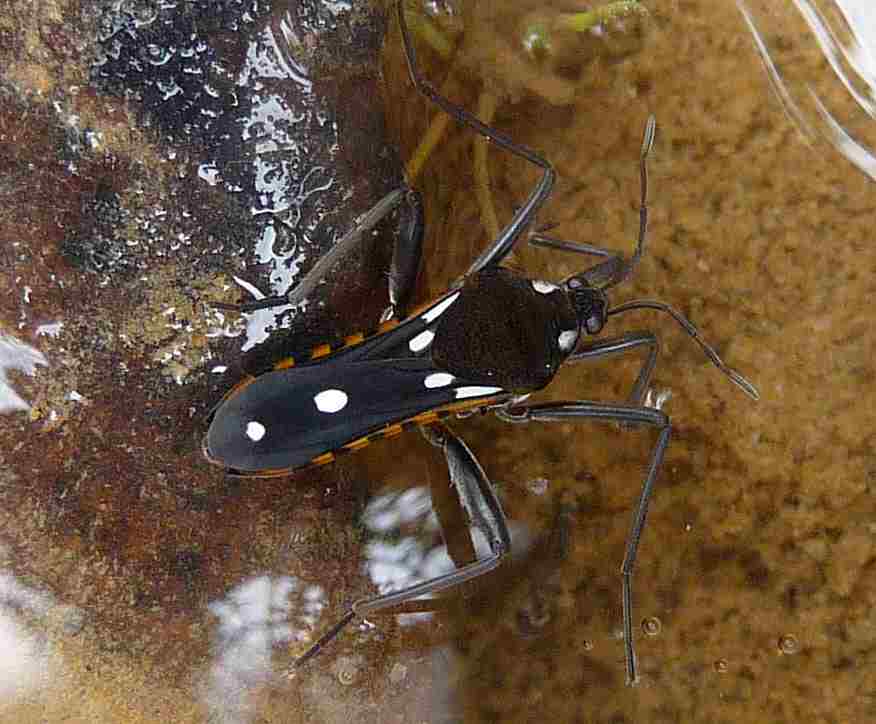
Crickets’ omnivorous nature allows them to adapt to various food sources, making them versatile in their feeding habits. They can consume both plant-based materials and animal-based materials, depending on what is available in their environment. This flexibility in their diet enables them to survive in different ecosystems and habitats.
As omnivorous scavengers, crickets play an important role in the decomposition process. They contribute to the breakdown of organic matter by consuming plant waste and carrion. By doing so, they help to recycle nutrients back into the ecosystem, making them valuable contributors to the overall nutrient cycling process.
In addition to their role in decomposition, crickets also serve as important prey for other organisms in the food chain. Their abundance and availability make them a significant food source for predators such as birds, reptiles, and small mammals. This makes crickets an essential link in the trophic interactions within ecosystems.
Are Crickets Herbivores, Carnivores or Omnivores?
Crickets are classified as omnivores, meaning they have a diverse diet that includes both plant and animal matter. While some crickets primarily consume plant matter, they also supplement their diet with animal-based materials, including carrion.
Crickets are highly adaptable and opportunistic feeders, allowing them to consume a wide range of food sources. They feed on fruits, seeds, nectar, foliage, and plant waste, which are all plant-based materials. However, they also have the ability to scavenge and consume smaller insects, as well as carrion. This omnivorous diet enables crickets to survive in various ecosystems and habitats.
Their omnivorous nature plays a crucial role in the decomposition process. By consuming plant waste and carrion, crickets contribute to the breakdown of organic matter. This helps to recycle nutrients back into the ecosystem, making them valuable contributors to the overall nutrient cycling process.
Crickets’ ability to consume both plant and animal matter also makes them an important part of the food chain. Their abundance and availability make them a significant food source for predators such as birds, reptiles, and small mammals. This makes crickets an essential link in the trophic interactions within ecosystems.
FAQs
1. Can Crickets be Decomposers?
Crickets can indeed be classified as decomposers due to their detritivorous behavior. They play a crucial role in the decomposition process by feeding on dead organic matter, such as fallen leaves, decaying plants, and animal carcasses. This makes them an important part of the ecosystem’s nutrient cycling.
As detritivores, crickets contribute to the breakdown of organic material into simpler compounds, facilitating the release of nutrients back into the soil. Their feeding activity accelerates the decomposition process, which is essential for the recycling of nutrients and the overall health of the ecosystem.
Crickets are also prominent scavengers, feeding on carrion and other decaying organic matter. By consuming these materials, they help to break them down further, aiding in the decomposition process. Their feeding habits contribute to the overall efficiency of decomposition and the recycling of nutrients in the ecosystem.
While crickets do play a significant role in decomposition, it’s important to note that they are not the sole contributors. They work in conjunction with other decomposers, such as bacteria, fungi, and other detritivorous organisms, to break down organic matter. Each organism has its own specific role in the decomposition process, and crickets are an integral part of this intricate web of interactions.
2. Is a Cricket a Consumer, Producer, or Decomposer?
Crickets can be classified as both consumers and decomposers, depending on the specific scenario. Let’s explore their trophic roles in more detail.
As consumers, crickets feed on organic matter, such as fallen leaves, decaying plants, and animal carcasses. They are detritivores, meaning they consume dead organic material. By consuming this organic matter, crickets play a crucial role in the decomposition process, breaking it down into simpler compounds. This helps release nutrients back into the soil, contributing to the overall health of the ecosystem.
On the other hand, crickets can also be considered decomposers themselves. When they consume organic matter, they break it down further through their digestive processes. This aids in the decomposition process by accelerating the breakdown of complex organic compounds into simpler forms. As a result, crickets contribute to the recycling of nutrients and the overall efficiency of decomposition in the ecosystem.
It’s important to note that crickets are not the only decomposers in the ecosystem. They work alongside other organisms, such as bacteria, fungi, and other detritivorous organisms, to break down organic matter. Each organism has its own specific role in the decomposition process, and crickets are an integral part of this intricate web of interactions.
3. Are Crickets Detritivores?
Crickets are indeed detritivores. They primarily feed on granular organic waste, such as fallen leaves, decaying plants, and animal carcasses. This makes them an important part of the ecosystem’s decomposition process.
As detritivores, crickets play a crucial role in breaking down dead organic material into simpler compounds. By consuming this organic matter, they contribute to the recycling of nutrients and the overall health of the ecosystem. Through their feeding habits, crickets help release essential nutrients back into the soil, making them available for other organisms to utilize.
Crickets are not the only detritivores in the ecosystem. They work alongside other organisms, such as bacteria and fungi, to break down organic matter. Each organism has its own specific role in the decomposition process, and crickets are an integral part of this intricate web of interactions.
Their ability to consume and break down organic waste further aids in the decomposition process. Through their digestive processes, crickets accelerate the breakdown of complex organic compounds into simpler forms. This helps to increase the efficiency of decomposition and the release of nutrients back into the ecosystem.
4. Are Crickets Decomposers or Omnivores?
Crickets can be called both decomposers and omnivores due to their opportunistic feeding behavior. They have the ability to feed on detritus, which includes fallen leaves, decaying plants, and animal carcasses, making them important contributors to the decomposition process in ecosystems.
As decomposers, crickets play a vital role in breaking down dead organic material into simpler compounds. By consuming this organic matter, they aid in the recycling of nutrients and contribute to the overall health of the ecosystem. Through their feeding habits, crickets help release essential nutrients back into the soil, making them available for other organisms to utilize.
However, crickets are not solely dependent on detritus for their diet. They are also omnivorous, meaning they have a diverse diet that includes both plant and animal matter. In addition to detritus, crickets may opportunistically feed on other organic materials, such as fruits, seeds, and even small insects. This versatility in their diet allows them to adapt to different food sources available in their environment.
The ability of crickets to consume a variety of food sources further highlights their role as omnivores. While they contribute to the decomposition process as detritivores, their omnivorous nature allows them to occupy multiple trophic levels in the food chain. This means that crickets can act as both primary consumers, feeding on plant matter, and secondary consumers, feeding on other insects or small animals.
5. Is a Cricket a Producer or Consumer?
The trophic role of crickets in ecosystems raises the question of whether they are producers or consumers. To clarify this, it is important to understand the characteristics of producers and consumers in the context of organic compound synthesis and biomass production.
A cricket, by definition, is a consumer. Unlike producers, such as plants and algae, crickets do not have the ability to synthesize organic compounds through photosynthesis. They rely on external sources for their energy and nutrients, making them consumers in the food chain.
As consumers, crickets obtain their energy and nutrients by feeding on other organisms or organic matter. They have a diverse diet that includes plant matter, detritus, and even small insects. This omnivorous feeding behavior allows them to occupy different trophic levels in the food chain, acting as both primary consumers and secondary consumers.
Crickets play a crucial role in the ecosystem as consumers. They contribute to the energy flow and nutrient cycling by consuming organic matter and transferring energy to higher trophic levels. Through their feeding habits, crickets help maintain the balance of populations and regulate the abundance of certain species in the ecosystem.
While crickets are not producers in the traditional sense, their role as consumers is essential for the functioning of ecosystems. They contribute to the overall productivity and stability of the food web by consuming and recycling organic matter. By understanding the trophic role of crickets as consumers, we can appreciate their importance in maintaining the ecological balance.
6. Are Crickets Producers?
The question of whether crickets are producers or not is an interesting one. Let’s explore this topic further and shed some light on the role of crickets in ecosystems.
First, let’s rephrase the question to make it clearer: “Are Crickets Producers?” Now, let’s dive into the answer.
In simple terms, crickets are not producers. Unlike plants and algae, which are able to synthesize organic compounds through photosynthesis, crickets do not have this ability. They cannot produce their own food from sunlight, water, and carbon dioxide like producers do.
Instead, crickets are consumers. They rely on external sources for their energy and nutrients. They obtain their food by feeding on other organisms or organic matter. Crickets have an omnivorous diet, which means they eat a variety of things, including plant matter, detritus, and even small insects.
As consumers, crickets play an important role in the food chain. They occupy different trophic levels, acting as both primary consumers and secondary consumers. Their feeding habits contribute to the energy flow and nutrient cycling in ecosystems.
While crickets may not be producers in the traditional sense, their role as consumers is crucial for the functioning of ecosystems. They help maintain the balance of populations and regulate the abundance of certain species. By consuming and recycling organic matter, crickets contribute to the overall productivity and stability of the food web.
7. Why is a Cricket an Example of a Primary Consumer?
When considering the trophic role of crickets, it becomes evident why they can be classified as primary consumers. Several factors contribute to this classification. Firstly, crickets are relatively small in size, which limits their ability to consume larger organisms. Their diet primarily consists of plant matter, such as leaves, grass, and seeds, which are rich in energy and nutrients. This significant concentration of plant matter in their diet further supports their classification as primary consumers.
As primary consumers, crickets occupy a crucial position in the food chain. They serve as a link between producers, such as plants, and higher-level consumers. By consuming plant material, crickets obtain energy and nutrients, which are then transferred to the organisms that prey on them. This energy flow is essential for the functioning and stability of ecosystems.
Additionally, the trophic impact of crickets is relatively small compared to other organisms. They do not have a significant influence on the populations of their prey or the overall structure of the ecosystem. However, their feeding habits contribute to the regulation of plant populations and the recycling of organic matter.
8. Are Water Crickets Secondary Consumers?
Water crickets are indeed one of the only types of crickets that can be classified as secondary consumers. These unique creatures inhabit microscale aquatic communities and play a vital role in the food chain. They primarily prey on zooplankton, including copepods and certain larvae.
In these aquatic ecosystems, water crickets serve as secondary consumers by feeding on smaller organisms. They occupy a position higher up in the trophic pyramid, consuming primary consumers like zooplankton. This makes them an essential link in the transfer of energy and nutrients within the ecosystem.
Water crickets are well-adapted to their aquatic environment, with specialized adaptations that enable them to capture and consume their prey. Their streamlined bodies and powerful legs allow them to navigate through the water and catch their target organisms. They possess sharp mandibles that help them break down the bodies of their prey into smaller, more manageable pieces.
By consuming zooplankton, water crickets contribute to the regulation of their populations. This helps maintain a balance within the ecosystem, preventing any one species from becoming overly dominant. Additionally, their feeding habits contribute to the recycling of organic matter, as the remains of their prey are broken down and returned to the ecosystem as nutrients.
It is important to note that not all crickets can be classified as secondary consumers. Most crickets, including those found in terrestrial environments, primarily feed on plant matter and are considered primary consumers. However, water crickets have evolved to exploit the abundant zooplankton populations in their aquatic habitats, allowing them to occupy a different trophic level.
9. Is a Cricket a Primary Consumer in the Food Chain?
In most cases, yes, a cricket can be classified as a primary consumer in the food chain.
As a primary consumer, crickets primarily feed on plant matter such as leaves, grass, and seeds. They play a crucial role in the ecosystem by converting the energy stored in plants into a form that can be utilized by other organisms. By consuming plant material, crickets obtain the nutrients they need to survive and grow.
Crickets are herbivores, meaning they obtain their energy from consuming plants. They have specialized mouthparts that allow them to chew and process plant material efficiently. Their diet consists mainly of vegetation, including leaves, flowers, and fruits. By consuming these plant parts, crickets contribute to the transfer of energy from the primary producers (plants) to the primary consumers (organisms that feed on plants).
In the food chain, crickets occupy a trophic level just above the primary producers. They serve as a vital link between plants and higher-level consumers. By consuming plant material, crickets provide a source of energy and nutrients for organisms higher up in the food chain, such as predators and secondary consumers.
It is important to note that while crickets are typically considered primary consumers, there may be exceptions depending on the specific ecosystem and the availability of other food sources. In some cases, crickets may consume other organic matter, such as decaying plant material or small invertebrates. However, their primary diet consists of plant material, making them an essential component of the food chain as primary consumers.
Conclusion
* Crickets can be classified as decomposers due to their detritivorous feeding habits, their role as scavengers, and their indirect contribution to the decomposition process.
* However, there are reasons why crickets may be disqualified as decomposers, such as the fact that they are not saprophytes, they are not central to the biodegradation process, and they are not microscopic.
* Crickets can be considered primary consumers in the food chain because they primarily feed on plant matter and play a crucial role in transferring energy from plants to higher-level consumers.
* While crickets are typically herbivores, there may be exceptions depending on the specific ecosystem and the availability of other food sources.


